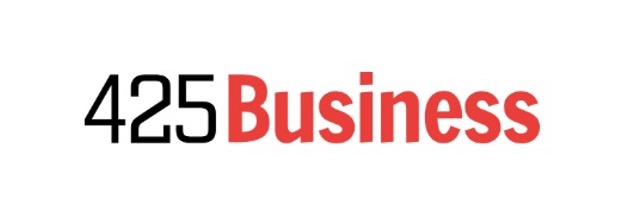I’m on my way home from my first ever (I know, that’s hard to believe) Epic User Group Meeting and thanks to some added air traffic created by my friends at the Democratic National Convention in Chicago I had some extra time, so I thought I’d write down my thoughts on the event.
As I wandered through the hallways of UGM and wondered at the incredible Epic campus (yes, it lives up to the hype), I couldn’t help but contrast UGM to the many (probably, way too many) Cerner conferences I’ve attended. For me, the key differences are likely a big part of the reason that Epic has been eating Oracle Health’s lunch lately.
As Judy Faulkner delivered her Keynote, she explained that she had absolutely no business experience when starting up Epic with some of her college classmates in 1979, but she did have access to a lot of business books and was an avid reader. As such, one of the fundamental principles on which she’d build the business of Epic would be to remain private and maintain control of the product – and THAT she has done.
In contrast, Neal Patterson took the, more popular at the time, IPO route, which led to Cerner’s worldwide expansion and over commitment, which eventually watered down their product and ability to deliver, resulting in customer dissatisfaction, and along with some very unfortunate health issues and Patterson’s eventual passing, ultimately led to their sale to Oracle.
As several thousand of us watched the Epic “New Customer” presentation at UGM this year, the vast majority of them were converting from Oracle. In one way, this was a bit sad for me, having spent a majority of the past 25 years implementing and supporting Cerner systems, but in another way it was also a bit freeing for me to see an EHR company making clinicians truly happy.
The dressed down, casual atmosphere at Epic is a stark contrast from the suits that walked the hallways of the Cerner conference. UGM, and the entire Epic self-sustaining, working farm campus, is actually very entertaining and fun. Whereas the Cerner conferences were very rigid and filled with customers who were there to meet with Cerner Execs to discuss why their software was not working as as promised (as I have done personally over the years) or how many upgrades and additional funding would be needed to get their system anywhere near what was being demo’d at the conference.
Of course, there was some of the same demo-ware at UGM as well, but as Judy went through her keynote (dressed as “Madam Swan”, as UGM had a storybook theme this year), she explained that 50% more new features are being rolled out this year in comparison to last, which keeps the improvements coming and puts the pressure on all of us to keep our version upgrades on track.
So, what was new? What did I learn, you might ask?
Epic now has a Research module, a Genomics module, a de-identified & deduplicated patient collaboration database called Cosmos, and a product called Aura, which connects to genomics labs easily and returns discrete data, and will eventually lead to a whole new world of evidence-based clinical decision support and personalized medicine using data from the 270M+ patient records in Cosmos.
Another impressive module that Epic unveiled is their Nurse Scheduling and Workload Management software that allows Nurse Supervisors to assign nurses to patients based on many different factors, allows text-like communications (complete with emoji reactions) between nursing staff, and has a very slick dashboard that shows which departments are overloaded and which departments can move people around or send them home.
Artificial Intelligence is now everywhere, and Epic is moving forward at full speed on AI. It seemed to be present in just about every app they’re producing. They have somewhere in the neighborhood of 100+ new GenAI tools that are either available or coming soon.
Another newer module, Payer Platform, has the potential for easing Rev Cycle burdens, but it will be dependent upon greater adoption by the health plans. As part of this effort, Epic is attempting to define ePriorAuth and eligibility standards. Epic is also working on Claims Clearinghouse and even ERP / Supply Chain modules.
Business continuity and disaster recovery are a continuing hot topic for all of us and Epic continues to provide their customers with great benchmarking and tools to stay on top of our preparedness efforts.
As with the Cerner conferences of old, one of the best things about UGM is getting to discuss with other Epic clients the things your health system may not be doing so well, seeing what is possible at other health systems, and actually speaking with the experts who made it happen. I was able to meet up with many old friends and even made a few new friends.
As I began writing, I didn’t intend for this to be a slam on Oracle Health and I sincerely hope that Oracle can get their ducks (swans?) in a row, because none of us wants a monopoly in the EHR space. That wouldn’t be good for any of us on the provider side.
Despite the differences between these two EHR behemoths (and, especially despite their style differences) they both have one aim in common, which is the pursuit of improved evidence-based healthcare delivery in the US and around the world. And, from that perspective, I’m happy to report that healthcare finally seems to be progressing on to the next level of the computer-based care delivery capabilities we’ve been pursuing for the past 25-30 years.
As my flight is touching down back home in Seattle, I can’t help but believe we’re on the precipice of significantly improved provider experience, reduced(?) overall cost of patient care, and improved patient outcomes. At least I hope so, because just to get to this point has taken us far too long, and our providers and patients deserve better.



